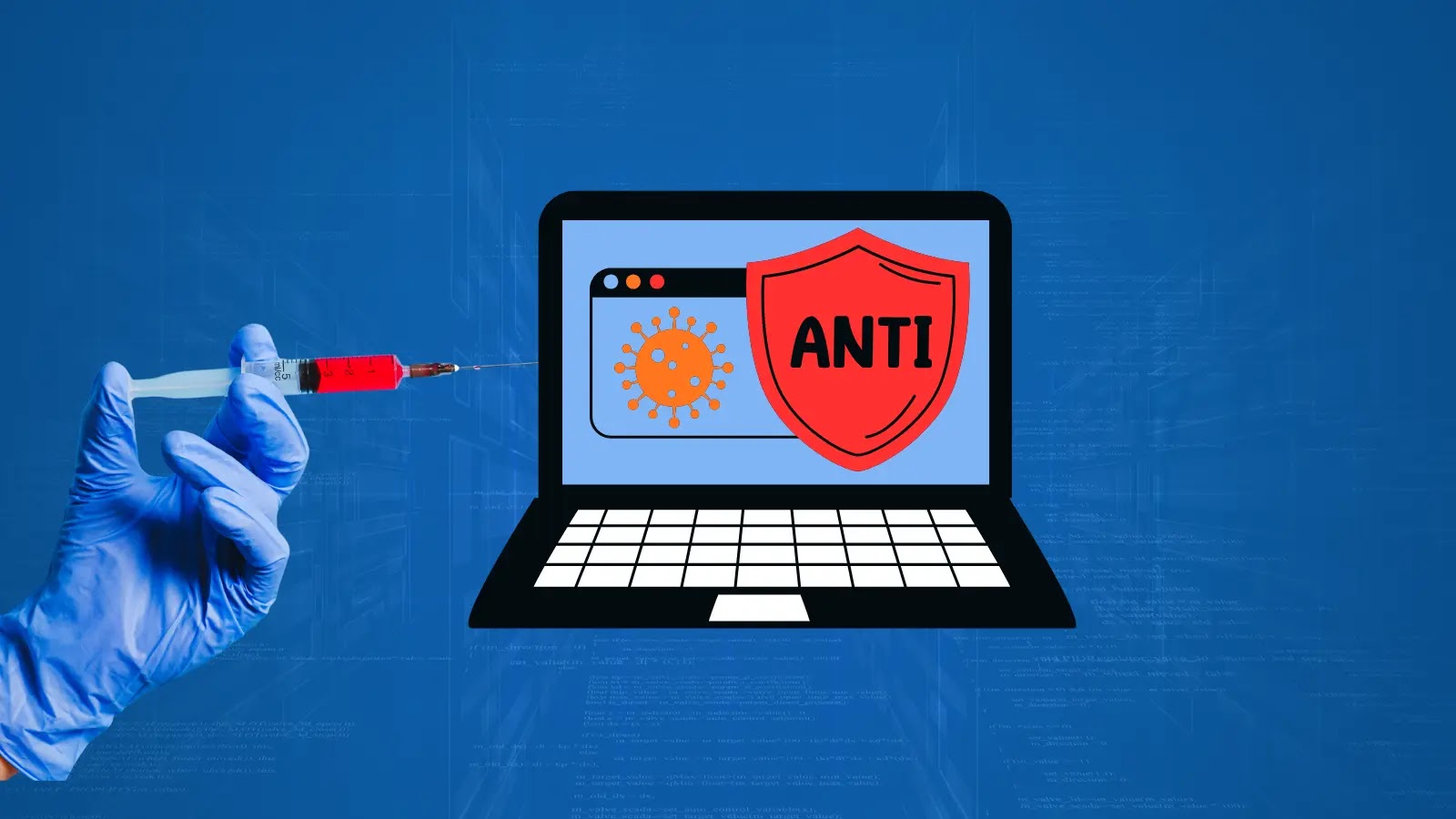
Hackers Can Inject Malicious Code into Antivirus Processes to Create a Backdoor
Antivirus software, the digital sentinels designed to protect our systems, has always been a primary target for malicious actors. A new and particularly insidious technique has emerged, demonstrating how attackers can subvert these very protectors by injecting harmful code directly into their processes. This method, detailed by cybersecurity researcher Two Seven One Three on X (@TwoSevenOneT), not only allows for evasion but also creates a persistent backdoor, fundamentally compromising the security antivirus software is meant to uphold.
The Trojan in the Firewall: Understanding Antivirus Process Injection
At its core, this technique exploits the inherent trust operating systems place in antivirus processes. Antivirus software typically runs with high privileges to effectively monitor and neutralize threats. Attackers leverage this elevated status by injecting their malicious code into these trusted processes. This isn’t merely about bypassing antivirus; it’s about turning the antivirus itself into a tool for compromise.
The researcher’s findings highlight a critical vulnerability in how some antivirus solutions handle process integrity. By manipulating or “cloning protected processes,” attackers can effectively camouflage their malicious payloads within the legitimate operations of the antivirus. This makes detection significantly more challenging, as typical behavioral analysis might flag the activity as benign, given that it originates from a trusted source.
How the Backdoor is Forged
The process of creating a backdoor through antivirus injection typically involves several steps:
- Initial Compromise: Attackers first gain a foothold on the target system, often through phishing, exploiting known vulnerabilities, or other initial access techniques.
- Process Cloning/Injection: Once inside, they identify a running antivirus process with sufficient privileges. Using advanced techniques, they then either clone this process or directly inject their malicious code into its memory space. This often involves memory manipulation and API hooking to ensure the malicious code executes within the antivirus’s context.
- Evading Detection: Because the malicious code is now operating under the guise of the antivirus process, traditional security mechanisms, including the antivirus itself, are less likely to flag it as suspicious. This allows the attacker to maintain persistence and execute further commands.
- Establishing a Backdoor: The injected code can then establish a persistent backdoor, providing attackers with continued access to the compromised system. This could involve creating new user accounts, modifying system configurations, or setting up remote access tools.
While the specific technical details of the technique are still emerging, the underlying principle of abusing trusted processes for malicious ends is a significant concern. There isn’t a single CVE assigned to this general technique, as it often leverages inherent system behaviors or specific antivirus implementation weaknesses rather than a singular software flaw.
Remediation Actions: Fortifying Your Digital Defenses
Addressing this sophisticated threat requires a multi-layered approach to cybersecurity. Organizations and individuals must look beyond traditional perimeter defenses and adopt strategies that focus on internal integrity and proactive threat hunting.
- Implement Endpoint Detection and Response (EDR) Solutions: EDR tools are crucial for monitoring endpoint and network events in real-time. They can detect anomalous behaviors that might indicate process injection, even within trusted processes. Look for EDR solutions with strong behavioral analysis capabilities.
- Regularly Update Antivirus and Operating Systems: While the injection targets antivirus, vendors are constantly patching existing vulnerabilities and improving their behavioral detection engines. Ensure all security software and operating systems are kept up-to-date to benefit from the latest protections.
- Apply Principle of Least Privilege: Restrict user and process permissions to the absolute minimum necessary. If an attacker gains access, limited privileges can significantly reduce their ability to perform widespread damage, including injecting into high-privilege processes.
- Network Segmentation: Segment your network to limit the lateral movement of attackers. If one system is compromised, proper segmentation can prevent the malicious activity from spreading to critical assets.
- Advanced Threat Hunting: Proactive threat hunting, which involves actively searching for indicators of compromise (IOCs) and unknown threats within your environment, is paramount. This technique can help uncover sophisticated attacks that might evade automated defenses.
- Memory Protection Solutions: Deploy solutions that offer advanced memory protection capabilities. These tools can detect and prevent unauthorized code injection into legitimate processes.
- Employee Training: Phishing remains a primary initial access vector. Comprehensive cybersecurity awareness training for all employees can significantly reduce the likelihood of successful breaches.
Tools for Detection and Mitigation
| Tool Name | Purpose | Link |
|---|---|---|
| CrowdStrike Falcon Insight XDR | Advanced endpoint detection, behavioral analysis, and threat hunting. | https://www.crowdstrike.com/products/endpoint-security/falcon-insight-xdr/ |
| Microsoft Defender for Endpoint | Integrated endpoint protection, EDR, and vulnerability management. | https://www.microsoft.com/en-us/security/business/endpoint-security/microsoft-defender-for-endpoint |
| Sysmon | Windows system service for generating detailed logs of process creations, network connections, and changes to file creation time. Useful for threat hunting. | https://learn.microsoft.com/en-us/sysinternals/downloads/sysmon |
| Osquery | Operating system instrumentation framework that exposes an operating system as a high-performance relational database. Allows SQL queries to explore OS data. | https://osquery.io/ |
The Evolving Battlefield of Cybersecurity
The ability of attackers to inject malicious code into antivirus processes represents a significant escalation in the ongoing cybersecurity arms race. It underscores the critical need for a proactive and adaptive security posture. Relying solely on signature-based detection is no longer sufficient; organizations must embrace behavioral analytics, EDR, and robust threat hunting methodologies to protect their digital assets. As attackers become more sophisticated in their methods, so too must our defenses.





